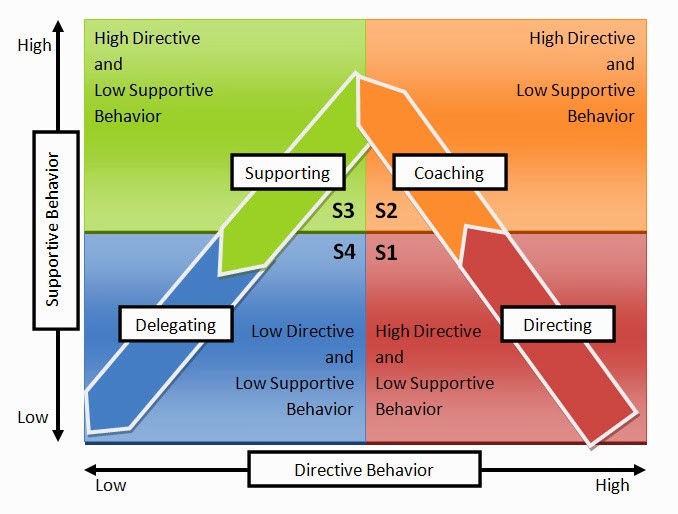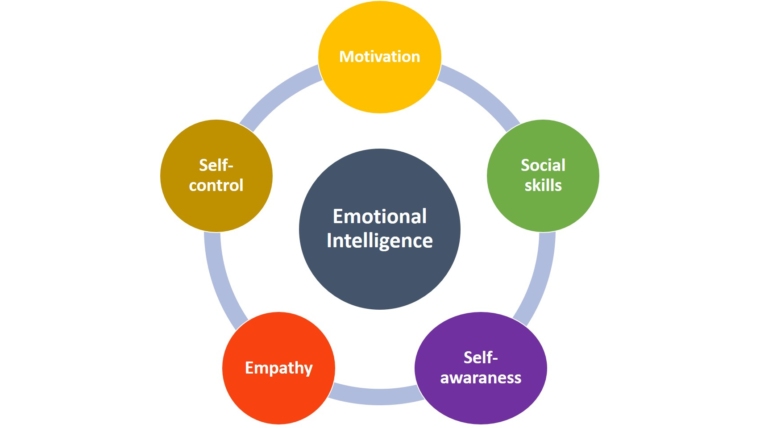Transformational leadership by Susana Lugo Ruiz
In this article, I will provide a guide on the leadership proposed by David Goleman, Richard Boyatzis and Annie McKee in their book The New Leaders: transforming the Art of Leadership, giving special mention to the type of leader who develops talent relating to my interest in the area.
Due to the wealth of information on the subject, it is important to clarify the value of leadership today in business as regards its use. There are aspects that include leadership competence and styles within a business, as well as the political capacity of a leader and the different ways of doing politics according to the parties present in a given country.
LEADERSHIP COMPETENCE
This is the ability to lead a work team towards achieving organisational goals and objectives. It entails the desire to guide others. Leaders create an energetic and committed environment, while getting across the vision of the company, whether from a formal or informal position of authority.
LEADERSHIP STYLES
Daniel Goleman, Richard Boyatzis and Annie McKee set out different ways of leading people with their challenges and difficulties. Such styles should be adapted according to the context in which the leader is in (culture, company, team) and, in my opinion, to his or her basic nature. In this respect, I will discuss the intrapersonal element later in the article.
This leader adaptability method is similar to the Situational Leadership model proposed by Paul Hersey and Ken Blanchard, adapting it according to the maturity of the team.
To Hersey and Blanchard, there leadership styles stem from four basic behaviors, designated with a letter-number combination:
- Directing
- Coaching
- Supportin
- Delegating.

Daniel Goleman suggests that the 6 leadership styles are:
-
The commanding leader
this is a style that quickly destroys motivation. It can be used in critical and one-off situations. For example, in a dispute, a leader assumes the responsibility for making a decision. «Do what I say».
-
The democratic leader
this type of leader allows his or her team to make decisions, delegates and seeks agreement through participation. This type of leader continuously holds meetings with members of the team. «What do you think?».
-
The affiliative leader
This style relates to those leaders who have an extraordinary relationship with people, but who often forget about results. They create relationships and harmony, avoiding confrontation. «People come first».
-
The pacesetting leader:
Those who lead by example. They set high standards of performance and expect the same attitude from their team. It is a moral prototype. However, this style is effective neither in developing talent, enhancing personal qualities, nor in inspiring others.
-
The visionary leader:
Those who manage to mobilise others towards a target thanks to their inspiring and committed style. A visionary leader is the type of person who mobilises people and sets objectives, while giving freedom on how to achieve them. «Come with me».
-
The coaching leader:
This leadership style develops people through support and the «feed-forward» concept more than just focusing on the tasks. «Try this». I will now discuss this section further.
COACHING LEADER
The coaching leadership style is a process that combines organisational development and the personal development of collaborators. It regards not just technical training and education, but also motivation, involvement with the company and the potential to get the best out of one’s team.
The leader-coach puts the team in the learning zone and sees that the team and individuals question their way of working, ensuring that they improve of their own accord. This is one of the most effective people management styles, among other areas, as its main difference, as regards other styles, is the ability to develop others, to enhance their capabilities and to place them at a higher level of professional competency.
The tools it uses includes: communication, feedback and feed-forward, delegation, empowerment, performance assessment and professional career development. Due to space limitations, I am not going to further discuss those tools here, although they could be the focus of another article in the future.
HOW TO DEVELOP LEADERSHIP COMPETENCE
Staying with Goleman, in the current business context, developing leadership and talent involves the development of at least 5 aspects of Emotional Intelligence: the intrapersonal -intrapersonal interpersonal component (self-awareness, self-control, motivation) and the interpersonal component (empathy and social skills).

I believe that the decomposition of the emotional intelligence aspects into intrapersonal(ourselves) and interpersonal (relating to others) components must guide us and place importance (perhaps firstly) on the individual internal process of getting to know ourselves and controlling our behaviour and emotions, something that requires a personal journey, as well as balance and maturity.
In summary, to lead teams, we must first lead ourselves in a sustainable and responsible way.
Susana Lugo Ruiz
Director & Founder en ToEXECUTIVE
Consultoría comercial y talento
Contacta con nosotros


